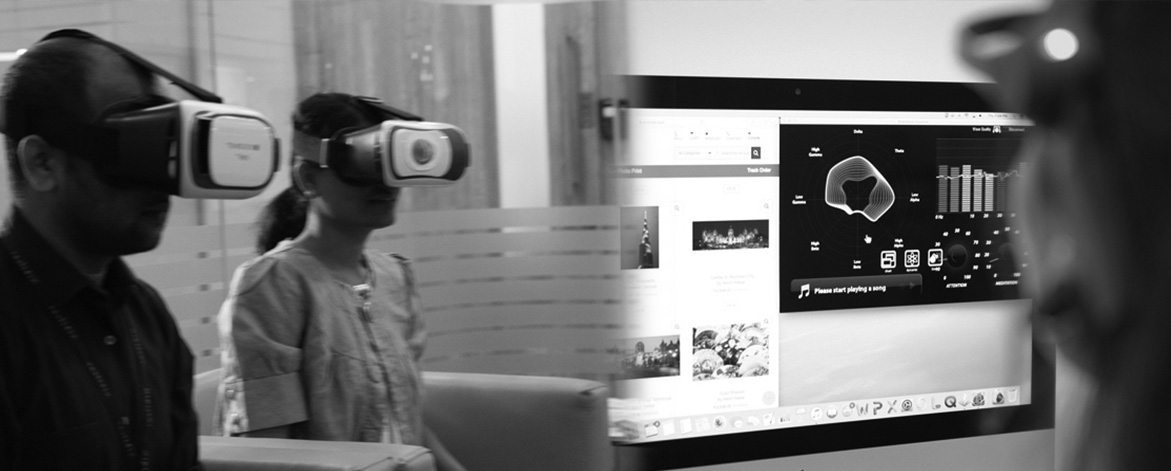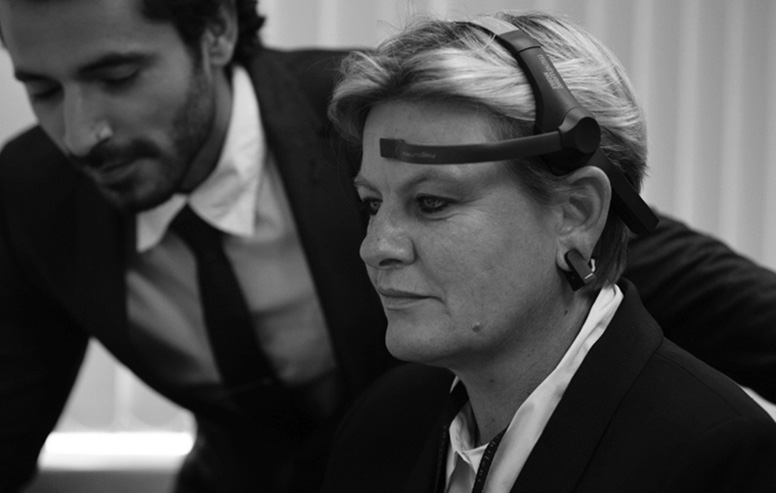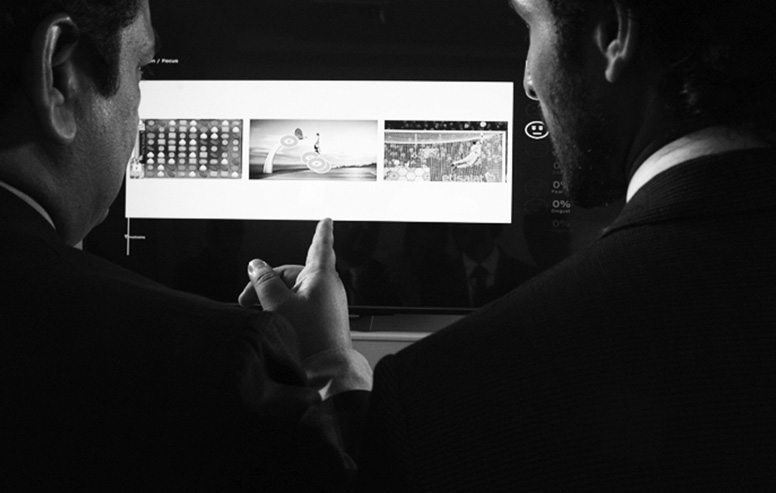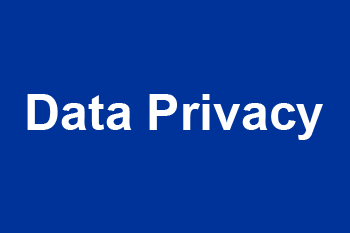This website uses cookies so that we can provide you with the best user experience possible. Cookie information is stored in your browser and performs functions such as recognising you when you return to our website and helping our team to understand which sections of the website you find most interesting and useful.
Nihilent’s UX Lab
In the digital era, organizations are required to transform their customer value proposition using an agile, innovative approach in their product and service offerings. However, meeting their customers’ increasing demands often becomes challenging, and usually, the key problem boils down to the way they have designed their customer experience.
Given this backdrop, Nihilent’s UX Lab offers an ideal setting to innovate, drive a deeper understanding of customers and build products and services that create an emotional connect with the users. Customer-first attitude drives businesses today and is the way forward. Empathy is understanding the needs and expectations of the customer and is the essence of Design Thinking. We, at Nihilent, understand this and a strong proponent of Design Thinking. The UX Lab makes empathizing with customer’s possible.
The lab uses patented Design Thinking framework and analytical tools to identify cognitive, and emotional triggers as well as non-verbal modalities of user experience with the goal of further humanizing the interaction between users and technology. The lab is home to multidisciplinary teams of right and left-brain professionals working closely with customers to continually enhance user experience. The UX Lab is guided by a structured framework in accordance with industry-recognized principles and includes the six stages: Sense, Immerse, Define, Ideate, Build and Validate. This framework aims to contribute to the growth and adds value to customers’ businesses.
Through labs located in India and South Africa, customers can stimulate innovation and foster creativity. It caters to all types of businesses and verticals, B2B and B2C for product/content validation, driving projects, facilitating design workshops and bringing to market the next big disruption. The lab enables blending the perspectives of design, engineering, user experience, and marketing to deliver innovation.
The UX Lab leverages a range of tools and technologies such as Microsoft Azure Facial recognition tools, biometric software, brain wave sensors, and webcams. The lab acts as a fulcrum to innovation and decoding the customer. Multidisciplinary teams harness a range of customer data points gathered out of non-verbal and verbal cues and humanize the interaction between consumers and technology.








